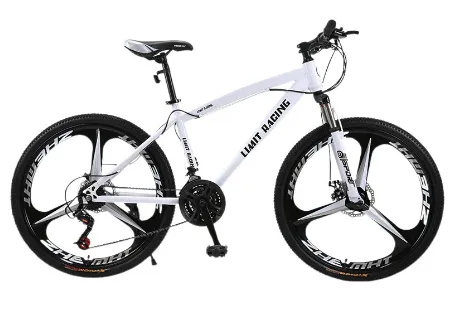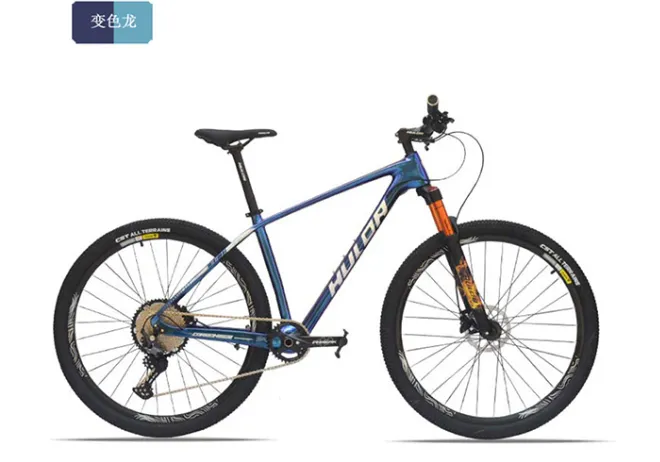Mar . 04, 2025 00:47 Back to list
how to adjust front derailleur on a mountain bike


Adjusting the High Limit Screw Next, shift the chain onto the largest chainring and smallest rear cog. The high limit screw, usually marked with an ‘H,’ now requires attention. Adjust this screw to ensure the derailleur doesn’t push the chain beyond the outer chainring, which could lead to the chain coming off during riding. Fine-tuning this screw can prevent future derailments and optimize gear range utilization. Testing and Fine-tuning Once both limit screws are adjusted, test the setup by shifting through all gears while pedaling the bike on the stand. Listen for any chain rub or sluggish shifting, as these indicate further adjustments are needed. Often, the barrel adjuster on the shifter can help fine-tune cable tension during this stage. Turning it clockwise or counterclockwise can bring the tension to an optimal level, ensuring smooth operations across all gears. Reassurance Through Real-world Testing Take your bike for a real-world test ride on a variety of terrains to mimic typical riding conditions. This step is vital for determining how well the derailleur performs under actual stress. Pay close attention to shifts that might still be hesitant or if chain rub occurs during maximum load. Such feedback can help refine your adjustments further. Maintenance Tips Beyond the initial setup, regular maintenance of your front derailleur is essential. Clean the derailleur to keep dirt and grime from affecting its performance. Lubricating the chain at regular intervals helps maintain efficient chain movement through the derailleur. Maintaining your bike as a whole not only prolongs its lifespan but also enhances your overall cycling experience. Consistently monitoring these aspects and keeping tools handy can make the process of adjusting the front derailleur less daunting. The reward is a perfectly tuned mountain bike which not only optimizes performance but also instills confidence during any adventure.
-
In-Depth Guide to Ebike Frames: Design, Use & Future Trends
NewsNov.25,2025
-
Discover Top E Bike Brand Insights, Specs & Future Trends | Yanline Bike
NewsNov.24,2025
-
Green E Bike – The Future of Sustainable Urban Mobility
NewsNov.24,2025
-
Ruffian eBike: Durable, Efficient Electric Bikes for Modern Mobility
NewsNov.23,2025
-
Comprehensive Guide to the Global E Bike Market and Future Trends
NewsNov.23,2025
-
Understanding Electric Bicycle Range: A Complete Guide for Smarter E-Bike Use
NewsNov.22,2025
-
Ceron Electric Bike – Efficient, Sustainable Urban Mobility Solutions
NewsNov.22,2025




